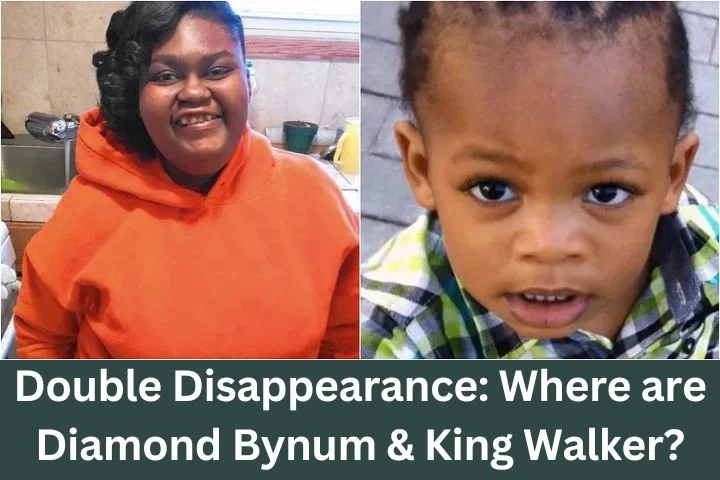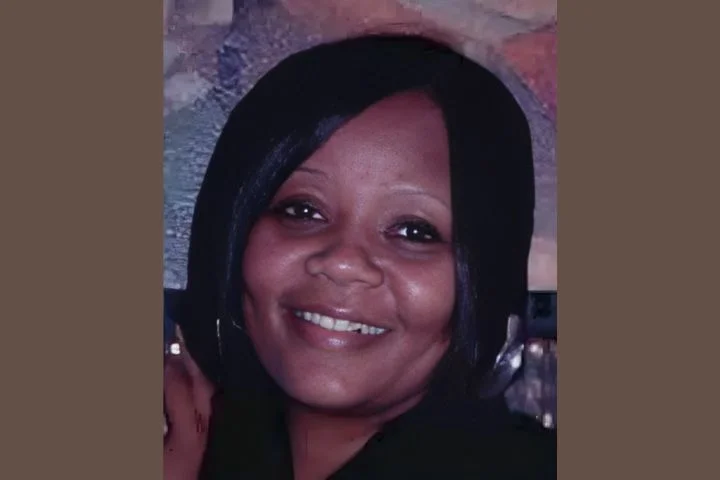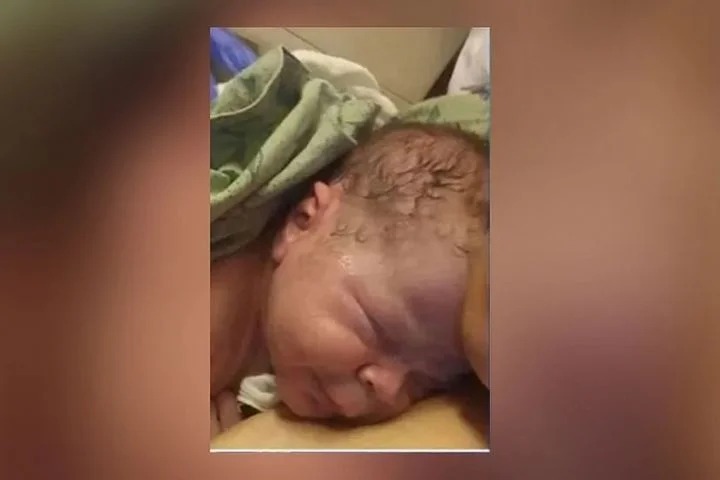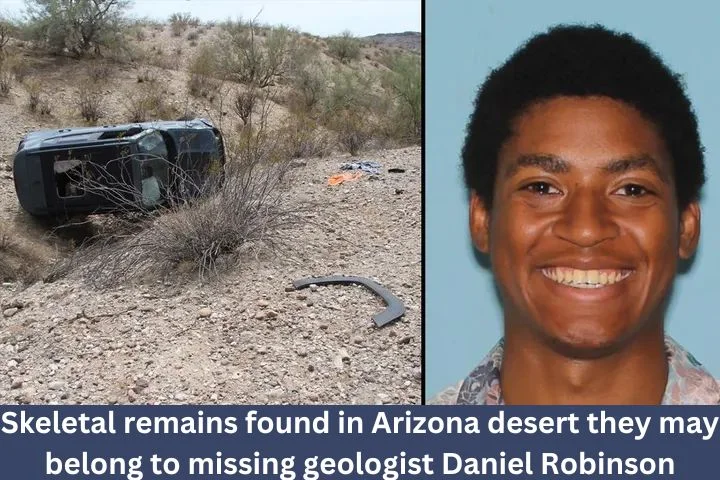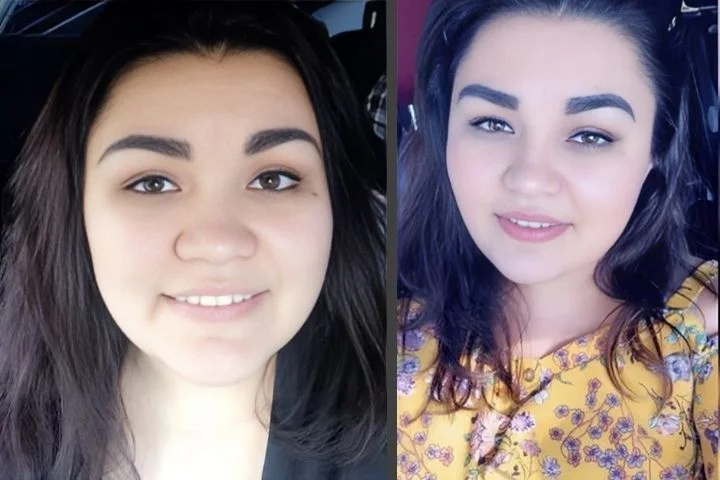Diamond Bynum was born with Prader-Willi Syndrome, a genetic disorder characterized by slow mental development, short stature and unceasing hunger. The 21-year-old had the mental capacity of a 7-year-old, but maintained a bubbly personality and an infectious smile. She was in an especially excited mood on July 25, 2015. Her father, Eugene, was celebrating his birthday the following day, and it was a family tradition that Diamond received a few gifts of her own whenever any family member had a birthday. On this occasion, she had asked for scented soaps and chocolate milk; her grandmother had already purchased both and planned on giving them to her the following day.
Diamond lived in Gary, Indiana with her father and stepmother. Her 2-year-old nephew, King Walker, was also staying with them on this particular Saturday; her stepmother, Suzanne, was babysitting the toddler while his mother was attending a class in Chicago. Midway through the morning, Suzanne put King down for a nap, and Diamond fell asleep with him. At some point, Suzanne also drifted off. It’s unclear exactly what happened while she was asleep, but she woke up to a nightmare. Diamond and King were missing.
As soon as Suzanne realized that Diamond and King were not in the house, she rushed outside, frantically scanning the streets for any sign of them. She expected to see them nearby, but the streets were empty and Suzanne started to panic. King was a typical toddler — he loved to run — but Diamond’s genetic condition meant that she was quite overweight, walked with a limp, and was not one to wander too far from home.
To make matters worse, the family had just moved to Gary a few months before. Prior to this, they had lived in Hammond, Indiana. Diamond knew the streets and people of Hammond well, and it was impossible for her to get lost there because a neighbor would guide her home if they saw her outside. Here in Gary, Diamond didn’t know her way around and didn’t really know any of the neighbors. Worried, Suzanne called Eugene at work. He immediately came home, and after making another cursory search of the surrounding area, the couple called police and reported Diamond and King missing.
Eugene believed that King had likely woken up from his nap first, and had decided he wanted to go outside. This would have prompted Diamond to get up and follow him outside. Diamond liked to think of herself as King’s babysitter, though she was always supervised and never left alone with the toddler. King’s current favorite game was to run around and make people chase him. If Diamond had followed him more than a few houses away in any direction, she may have become disoriented and unable to find her way home. Her genetic condition made it hard for her to communicate with people, and King knew only a few words. If they needed help, it was going to be exceedingly difficult for them to get people to understand what they were saying.
Police started their search by going door-to-door on the streets surrounding the Bynum’s home. Flyers were handed out with descriptions of Diamond and King, and residents were interviewed. No one recalled seeing the pair that day. Family members visited area businesses and hung up missing posters in every window possible. Employees at a nearby McDonald’s were the first to report a positive sighting of Diamond and King — but the two were seen there before they had been reported missing, so the employees had simply given them food and watched them go on their way.
All the restaurants and food stores in the area were told to be on the lookout for the missing pair. Diamond’s Prader-Willi Syndrome caused her to feel ravenously hungry all the time — while living in Hammond, she had been known to take food off store shelves and hide in the bathroom to eat — so it seemed likely she would head for places where she could get food. As darkness descended with no sign of Diamond or King, fear began to set in. Eugene began to worry that someone had ab*ducted his daughter and grandson.
Due to the fact that Diamond was technically an adult, the criteria to issue an Amber Alert was not met in this case. While the family became convinced that someone must have taken the missing pair, police were not quick to embrace this theory. There was nothing to indicate an a*bduction had taken place — no one witnessed them being forced into a car, and the McDonald’s employees were adamant that there had been no third party with them at the restaurant. But if they hadn’t been a*bducted, where were they?
If Diamond and King were still in the area, it seemed impossible they could go unnoticed for any length of time. Missing posters were plastered on every available surface. The National Center for Missing and Exploited Children placed billboards with their pictures on local highways. A mass text message containing information about the missing pair was sent to every cell number in the area. Yet nothing brought police any closer to finding them.
Gary, Indiana is rife with abandoned buildings and closed storefronts — there are more than 15,000 of them throughout the city. On Wednesday, the Indiana Department of Homeland Security assisted the Gary Police Department in searching those buildings closest to the Bynum home with K9 units. The city was experiencing a heatwave, and it was possible that Diamond, unable to find her way home, had sought shelter somewhere out of the sun. One by one, over the next three days, each building in a 24-block area was thoroughly searched. There were no signs of Diamond or King.
The search seemed to lose momentum at this point. Everyone involved with the case knew there was no way Diamond was capable of taking care of herself — let alone a toddler — for any length of time. The fact that they hadn’t been found indicated to police that they were either no longer in the area, or someone had taken them in and was keeping them hidden. Police started looking into registered sex offenders in the area. There were 21 living within a mile of the Bynum home, a fact which shocked and horrified Eugene. The thought that one of them might have done something to his daughter and grandson was almost too much to bear.
In the middle of August, police named a person of interest in the case, a 34-year-old local man. Diamond and King’s loved ones held their breath, hoping that answers were in sight. It took police a couple weeks to locate and interview the man, but they eventually said the man was no longer a suspect. Police were back to square one, and it was a letdown for the family.
With all local leads seemingly exhausted, police, with the help of other agencies, began expanding the search outside of the Gary city limits. A Silver Alert was issued for Diamond and King; police believed Diamond was likely in need of medical attention as she was without her prescription medication. Many questioned why this hadn’t been done sooner, and no real answer was offered as to why police waited until the end of August to request the Silver Alert.
As months passed by, public interest in the case waned and disappeared from the headlines. Police said the case remained active, but no new leads had been called in and they were no closer to learning what had happened to Diamond and King. The family tried to remain positive, and they continued to search through abandoned buildings on their own time. Eugene was unwavering in his belief that the two were still alive, bolstered by the fact that no bodies had been found. Still, as the holidays approached, he noted that the family had little to celebrate. He just wanted his family back together again.
Months turned to years, and the case grew colder. In October 2016, the Northwest Indiana Major Crimes Task Force announced that they were going to take another look at the disappearance of Diamond and King. They spent a week at the Gary Police Department’s headquarters, where they combed through all the files on the case. In addition to re-interviewing people in the neighborhood and conducting searches with K9 units, they also submitted several items to the Indiana State Police crime lab for further testing. They had high hopes of breathing new life into the case, but by 2018 the case had grown cold once again.
There are several theories about what might have happened to Diamond and King, but little evidence to support any of them. Early in the case, the Bynum family saw the dark side of social media when people began to accuse them of being responsible for the disappearance. It’s important to note that police have never insinuated that anyone in the family has ever been a suspect in this case; the entire family has fully cooperated in every aspect of the investigation.
Others have speculated that Diamond may have been talking to someone online who was then responsible for harming her and King. While Diamond did have access to a tablet and a cell phone, both of them were left behind when she went missing and it appears she used them mostly for playing games. Eugene posted online that his daughter didn’t know how to read; so it is highly unlikely she was communicating with anyone on the internet.
At this point, police recognize that the only way they are going to solve the case is with the public’s help. They believe someone out there knows what happened to Diamond and King on that hot July day in 2015, and they are asking for anyone with information to come forward.
At the time she disappeared, Diamond was 4 feet 8 inches tall, and weighed 240 pounds. She has brown eyes and black hair that had gold highlights in it when she went missing. She walks with a limp. She was last seen wearing a white shirt and either blue or purple pants. Due to Prader-Willi Syndrome, she is constantly hungry and may try to steal food; cheeseburgers are her favorite. King Walker was just 3 feet tall when he disappeared. He has brown eyes and black hair, and was last seen wearing a blue shirt and red shorts. If you have any information on Diamond or King, please contact the Gary Police Department at 1–800-CRIME-GP (1–800–274–6347) or the National Center for Missing & Exploited Children at 1–800-THE-LOST (1–800–843–5678).
